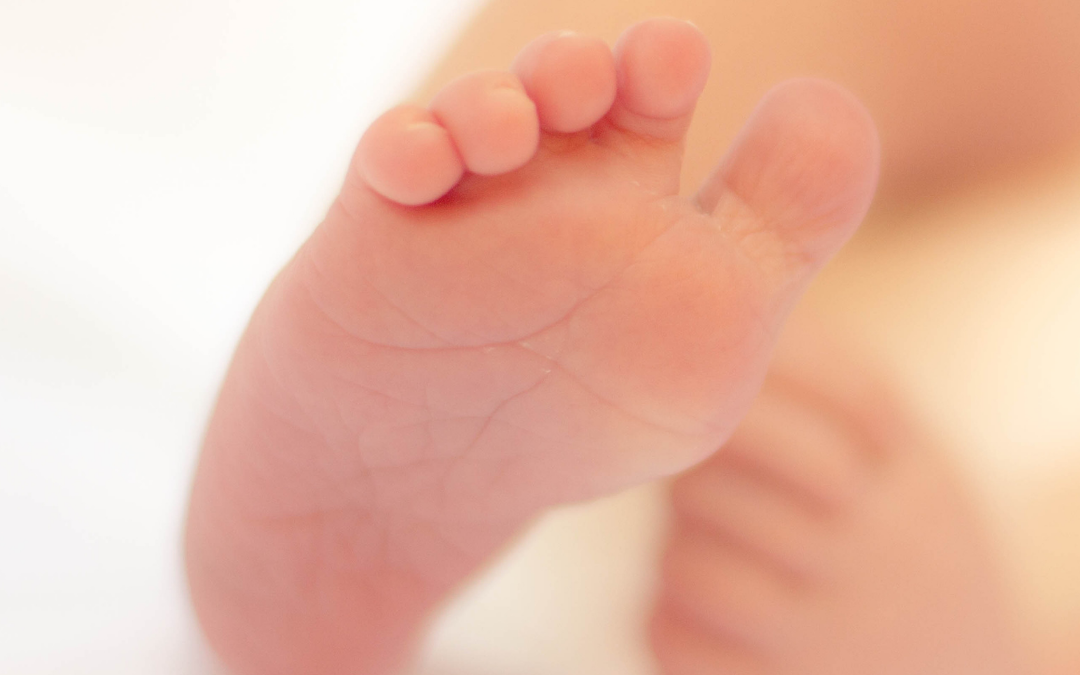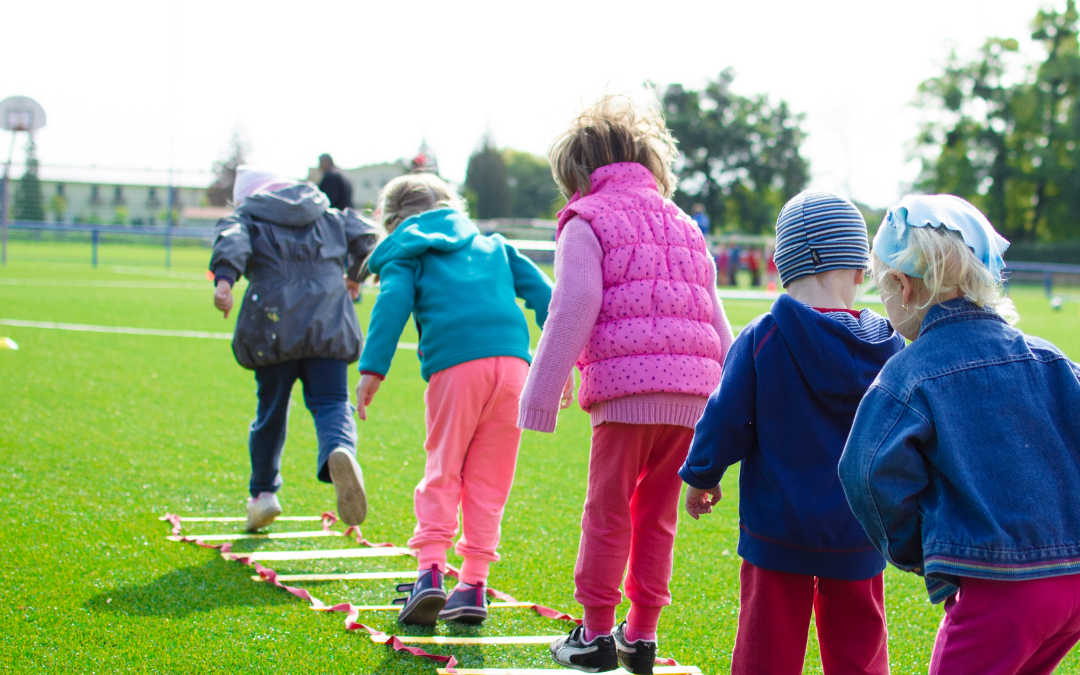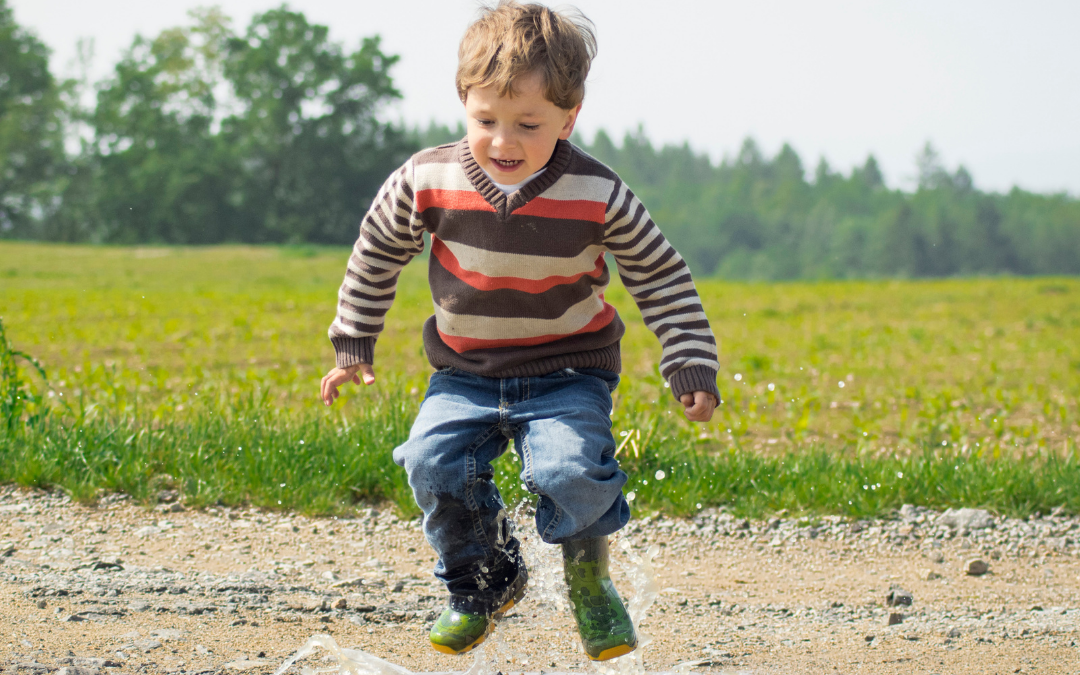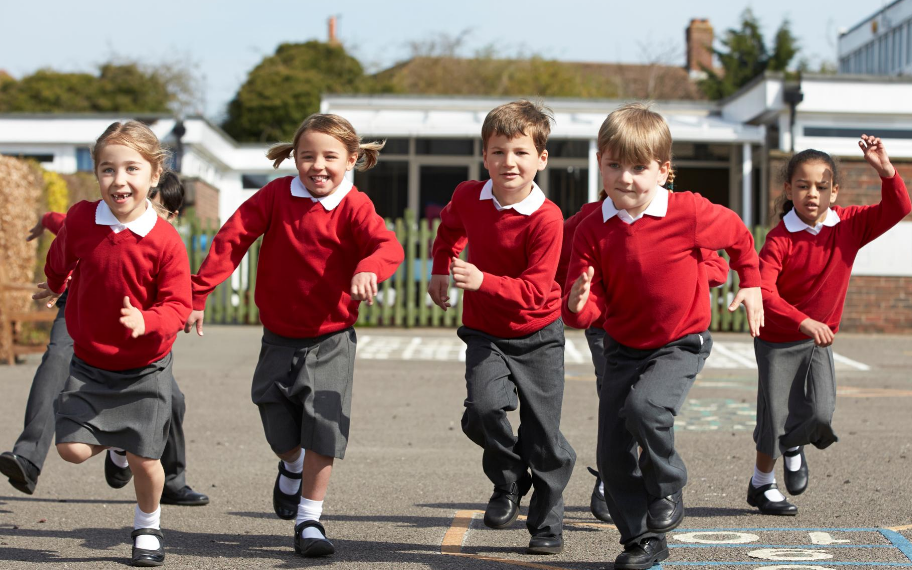Primitive Reflexes
Primitive Reflexes
WHAT ARE PRIMITIVE REFLEXES: We are all born with reflexes in our body called primitive reflexes. They should only remain active for the first year of life and then they are replaced by postural reflexes which control balance, coordination and sensory motor development.


Primitive reflexes help babies survive and thrive for example:
- The sucking reflex is important not only because babies need to eat to survive but also because it helps the baby to coordinate breathing and swallowing.
- The moro or startle reflex is there to help babies survive as they react to loud noises, sudden changes in head position or temperature changes.
- The asymmetrical tonic neck reflex (ATNR) helps babies to turn their head when lying on the stomach at the same time as bending and straightening opposite limbs. This helps with crawling and hand eye coordination.

In some children these reflexes are not integrated in the first year of life but are “retained”. This can affect a child’s ability to learn, to move their body in coordinated patterns, to enable correct eye movements and can reduce their ability to interact socially.
Retained primitive reflexes can lead to developmental delays related to disorders such as autism, attention deficit hyperactivity disorder (ADHD), dyslexia, dyspraxia, common sensory processing disorders and learning difficulties.


Sometimes the reflexes may only be retained to a mild degree and children may exhibit symptoms that are challenging but don’t necessarily prompt anyone to investigate.
Signs to watch out for include trouble with reading and writing, and an inability to focus or sit still, clumsiness, anxiety and bedwetting.

Each primitive reflex is related to specific movement patterns and if the body is taken through the specific patterns then retained reflexes can be integrated and normal postural reflexes can mature.
Corefulness® Schools Program
Corefulness® School Program targeting Key Stages 1, 2 and 3, integrates specific age related movement patterns which stimulate the nervous system and retrain muscle groups and neural connections.

Corefulness® children follow the specific progressive exercise programs during their school day at school. The exercises include balance, stretching and strengthening and specific movement patterns to encourage brain activation and integration of primitive reflexes.
The Corefulness® in Schools Program also provides children with age appropriate progressive warm up programs for P.E lessons, ensuring all aspects of motor development are addressed.
If children work regularly through the specific movement patterns and activate the brain, not only will learning outcomes improve but developmental delays associated with specific disorders can be more readily identified within the school curriculum, providing SENCO learning support with additional ways in which to identify children’s ability.

APPLY NOW
If you are interested in learning more about the Corefulness®Schools Programme, please APPLY NOW on the schools page of the website.

